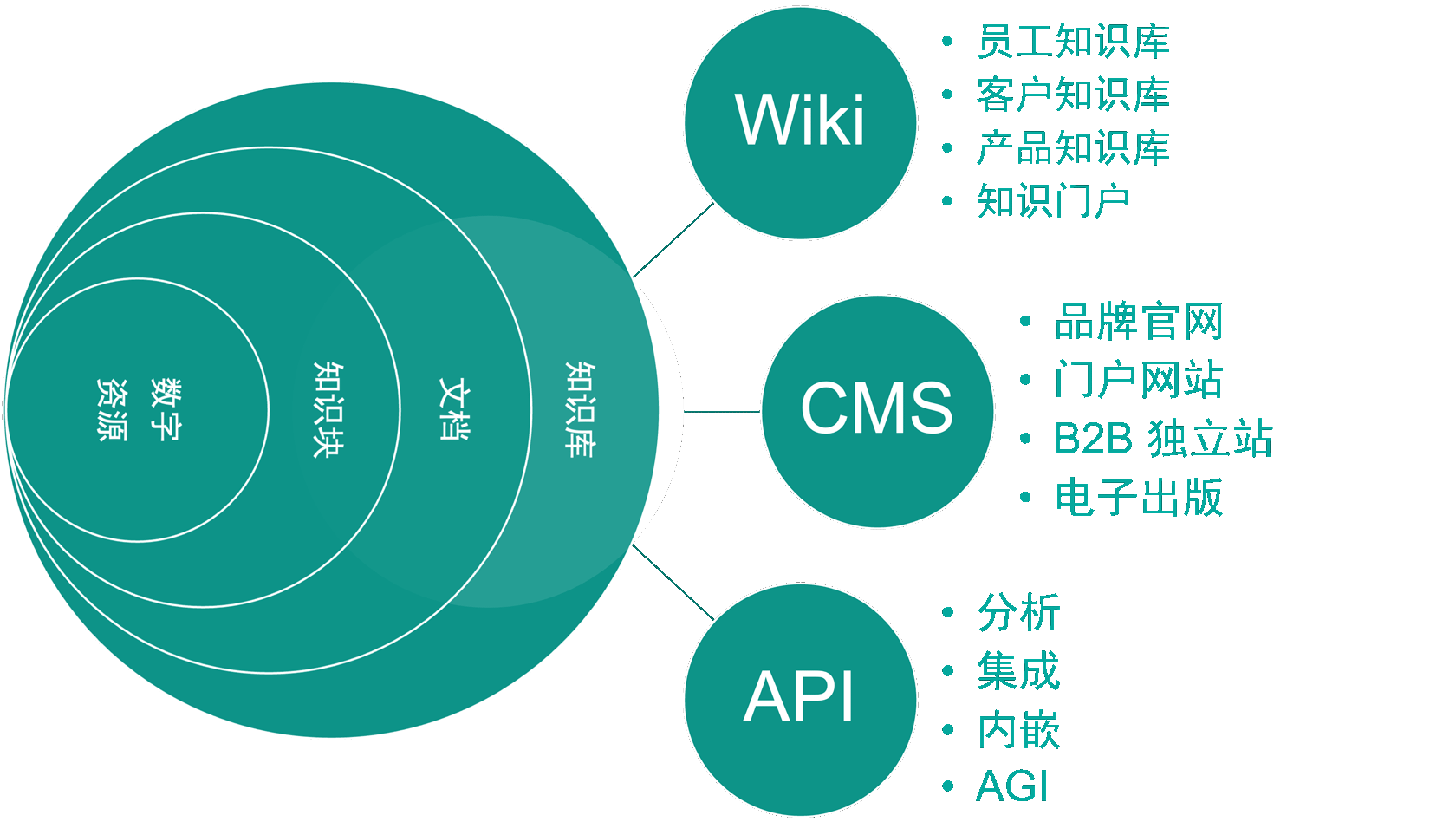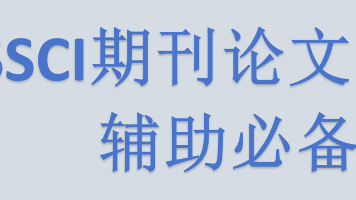Blog: Canada the Cultural Mosaic: Weaving Together Traditions and Modernity
Core Theme。
Core Theme
This blog assumes Canada to be a "cultural mosaic" to analyze how it has developed to have a unique national identity by adopting various cultures. Dependent on historical issues, immigration, native culture, politics, and popular culture, and supplemented with scholarly analysis and well-told anecdotes, it reveals the beauty of Canada's "harmonious coexistence of diversity and unity", to yield value for cross-cultural knowledge.
Structure and Highlights
1. Thematic Framework
Forced Themes
• History: The Shift from Colonial Dominance to Confederation (Theory: Post-Colonial Theory)
Canada's own past is one of evolution from British and French colonial control toward confederation in 1867. Its politics, language, and law are all shaped profoundly by colonial powers. Post-colonial theory allows us to analyze how Canada has worked to define itself alongside deconstructing colonial legacy. For example, the movement for Quebec sovereignty is a prime example of the conflated interaction between Quebec's French-speaking heritage and the rest of English-speaking Canada founded on historical colonial fault lines.
• Immigration: The Driving Force of Cultural Diversity (Field: Immigration Studies)
Immigration is the lifeblood of Canada. Since its inception, people from all over the world have called this land their home. Immigration studies enable us to examine how immigration policies, such as the point system, shaped the demographic composition. It is also an exploration into the routes through which immigrant communities maintain their ethnic identity while adopting Canadian society. Vancouver and Toronto's Chinatowns are a vibrant example where Chinese culture intersects with Canadian mainstream culture.
• Indigenous Culture: The Foundation of the Land (Structure: Indigenous Studies)
The indigenous have inhabited Canada for hundreds of years with rich and diverse cultures, languages, and traditions. Indigenous studies explore its historical legacy on indigenous peoples, the issues of land and self-determination today, and reconciliation of indigenous cultures. An action of the Truth and Reconciliation Commission is a critical measure to address the historical injustices carried out against the indigenous peoples, such as the residential school system.
Optional Themes (Examples)
• Politics: Federalism and Multicultural Policy (Framework: Political Science - Federalism Theory)
Canada's federal system distributes powers between the national and provincial levels of government, which is key to the operation of a country that is regionally diverse. Multicultural policy, a cornerstone of Canadian identity, actually sanctions and fancies ethnic diversity. The subject concerns the manner in which multiculturalism and federalism co-exist to govern the nation. Quebec's distinctive legal and cultural position within the federal framework, for instance, is of considerable significance.
• Pop Culture: Hockey and Canadian Identity (Sports Sociology Approach)
Hockey is not simply a Canadian sport; it is a symbol of Canada. Sports sociology can help us understand why hockey symbolizes and affects Canadian values of teamwork, perseverance, and enjoyment of cold Canadian winters. Hockey unites Canadians across the country and communities for celebrations like the Stanley Cup.
• Arts and Literature: Canadian Literature and Indigenous Art (Framework: Cultural Studies)
Canadian literature, ranging from Margaret Atwood to indigenous writers like Thomas King, is a continuation of the nation's rich experience. Indigenous art, Inuit sculptures, and First Nations paintings are images of survival and tradition stories. Cultural studies enable us to understand how these artistic works are part of the culture story of Canada.
2. Multimodal Presentation (Examples for Later Design)
• Create an infographic showing the history of massive waves of immigration into Canada and the cultural populations they brought.
• Have a photo gallery to compare ancient native art with modern Canadian art.
3. Interactive Design (Ideas for Further Design)
• Create a "My Canadian Experience" story - sharing effort, inviting readers to contribute their own accounts of gaining Canadian cultural experience, either by immigration, visiting, or living within multicultural societies.
Balancing Academic Rigor and Interestingness
• Academic Breadth: Each blog post will take the form of "proposing the theoretical framework → showing case studies → making observations about culture", referencing sound research in analyzing fields such as immigration studies, indigenous studies, and political science (for example, research on Canadian federalism and multiculturalism).
• Readability (Examples for Future Design): Utilize styles like comics that narrate the experience of the new immigrant arriving in Canada and "15 Quirky Canadian Habits" listicles to make it more readable and engaging.
Expected Outcomes
By this blog, the readers will not only possess all facts about Canadian culture but also know how to evaluate a multicultural society. They will know how to enjoy the richness of cultural diversity and the value of unity in diversity, and it will be helpful in developing cross-cultural communication skills and a global perspective.
更多推荐
 已为社区贡献1条内容
已为社区贡献1条内容









所有评论(0)